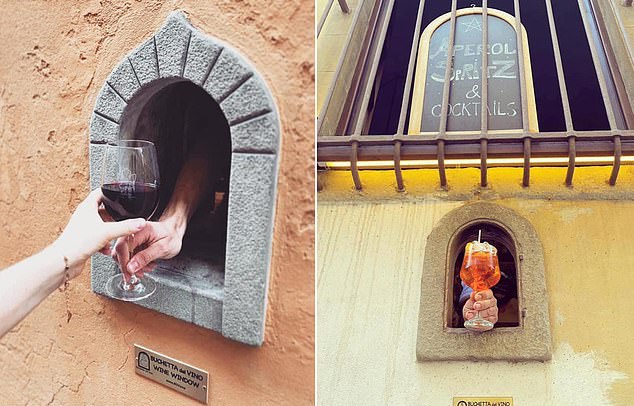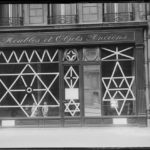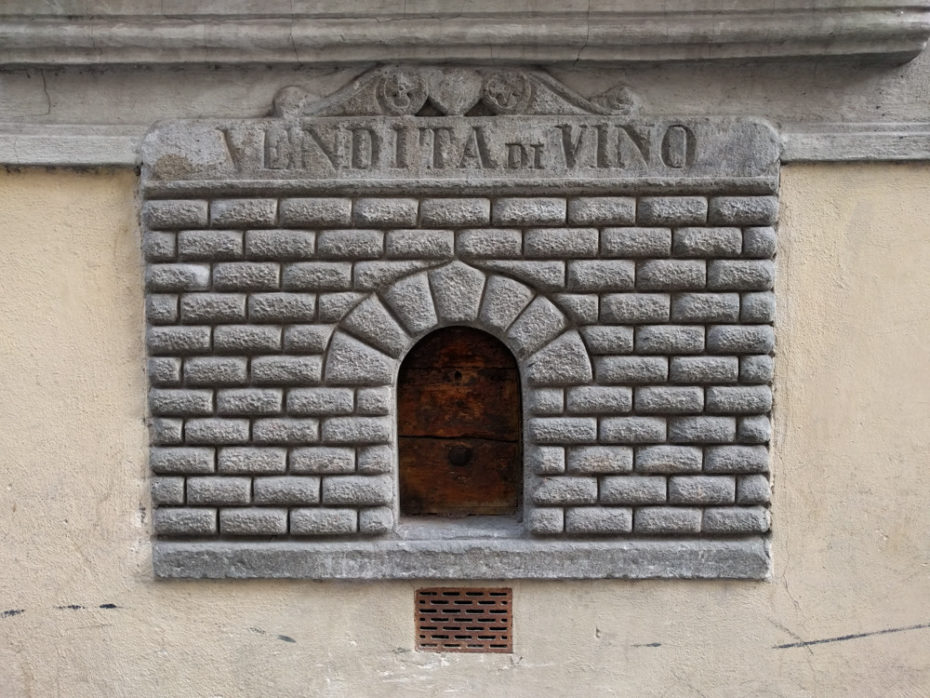
Of the 16 million tourists that visit Florence on average per year, I wonder how many of them walk by the old palazzos without ever noticing their most interesting little secret hiding in plain sight. At about 18 centimetres wide and 35 centimetres high, they are just the right height to fit a bottle of wine, which should give you a clue as to the story behind these mysterious miniature doors of Florence…
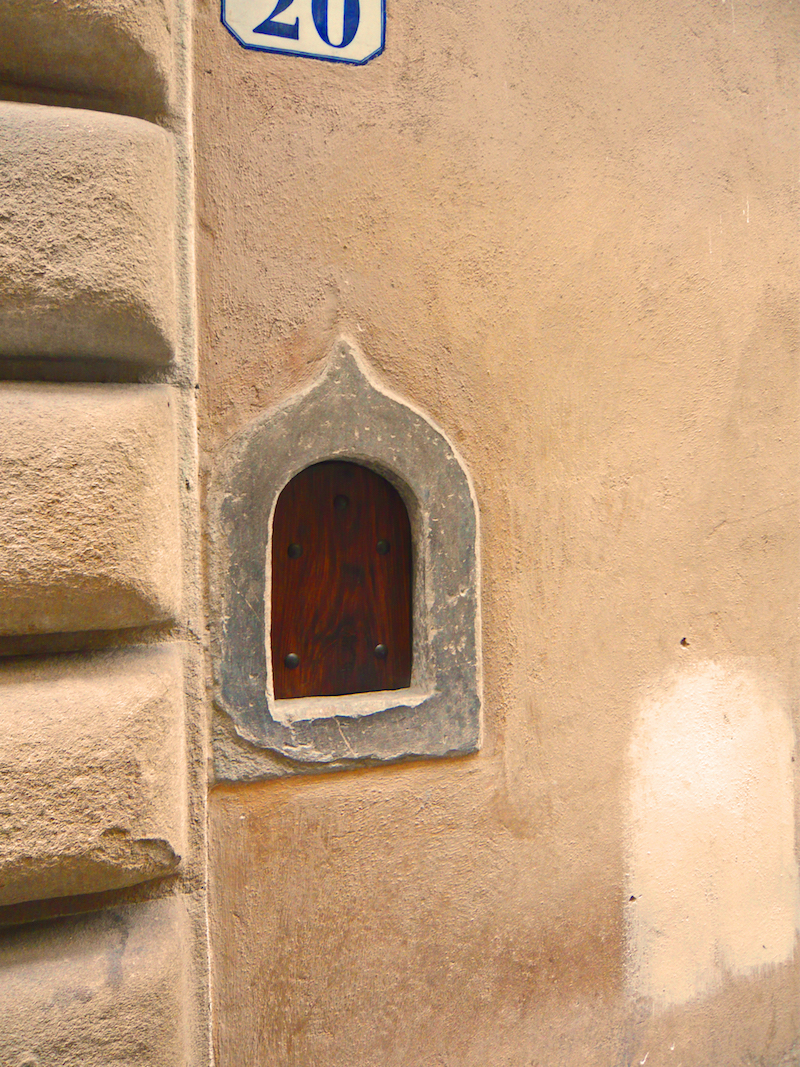
The buchette del vino, the wine windows of Florence, are totally unique to Florentine architecture, dating back to the 17th century when they were used for the sale of wine directly on the street, from the palazzo to the public. With a knock and a few coins, any Florentine citizen could conveniently purchase a glass of wine or a bottle from a local vineyard and be on their merry way.
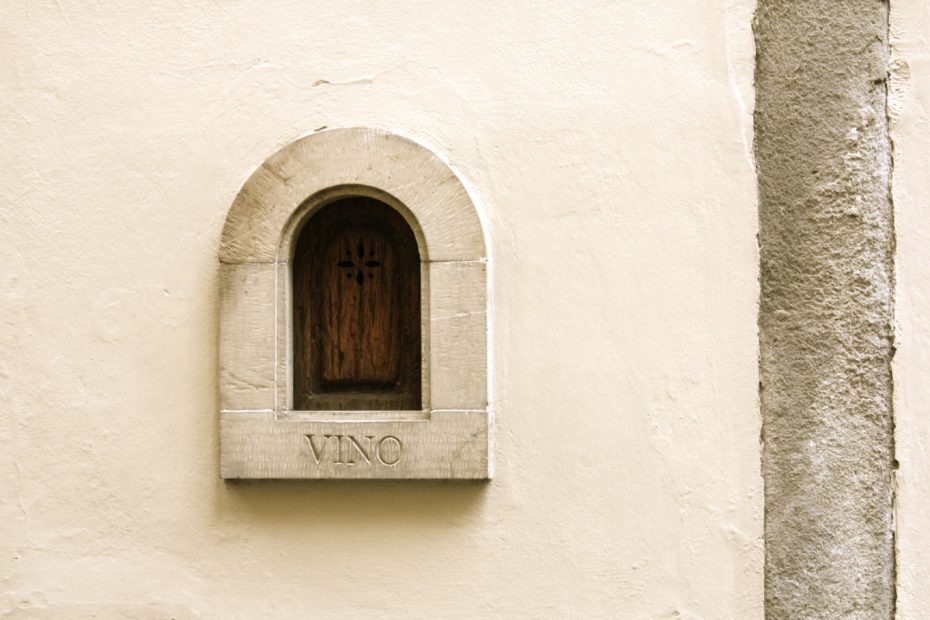
The portals were connected to the palazzo store rooms (cantina), where a member of the household staff would sell “fiascos” of wine (those old-fashioned straw-covered bottles) or dispense wine directly into a customer’s cup or flask. The cantiniere could also take orders on barrels of wine for home delivery and sell other products through the window such as flasks of olive oil, cured legs of pork, flour and vegetables from the family’s farm.
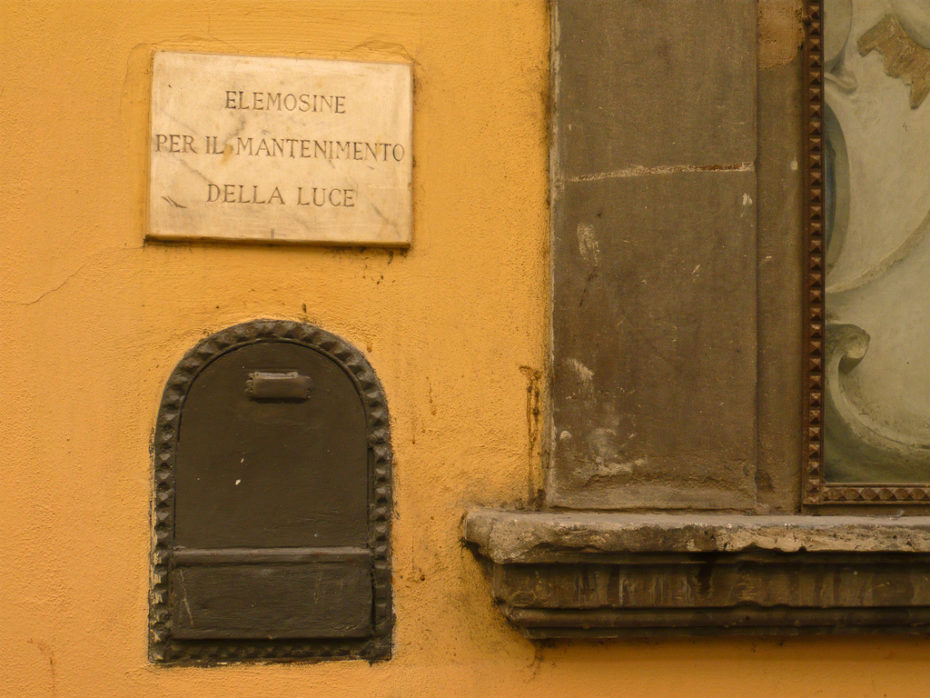
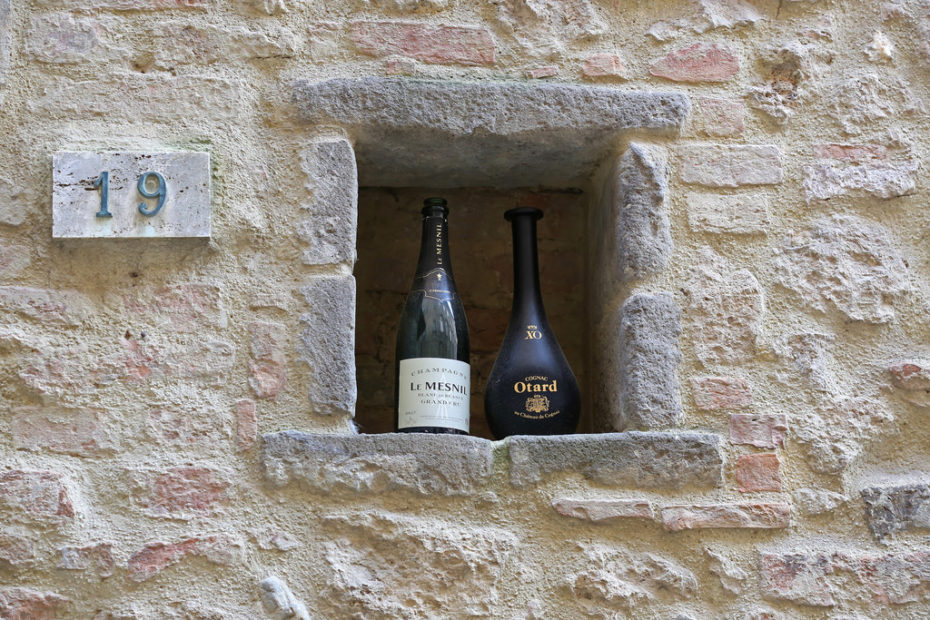
This was a time when upheavals in the European markets had led to a decline in manufacturing and international trade for the noble Florentine families who had enjoyed such great wealth during the Middle Ages and the Renaissance. The Black Death or Plague had passed through the city of Florence, leaving death and havoc in its wake. They began working the land again on their large estates outside of the city, making wine and produce for a more stable income. The buchette del vino (literally, “the wine holes”), allowed the savvy Florentine banker or aristocrat to cut out the middle man and sell their wine straight from their residence. The Florentine scholar, Francesco Rondinelli, wrote a report about disease contagion and mentioned the abundant use of wine windows in the city for the safe sale of wine, without direct contact between client and seller.
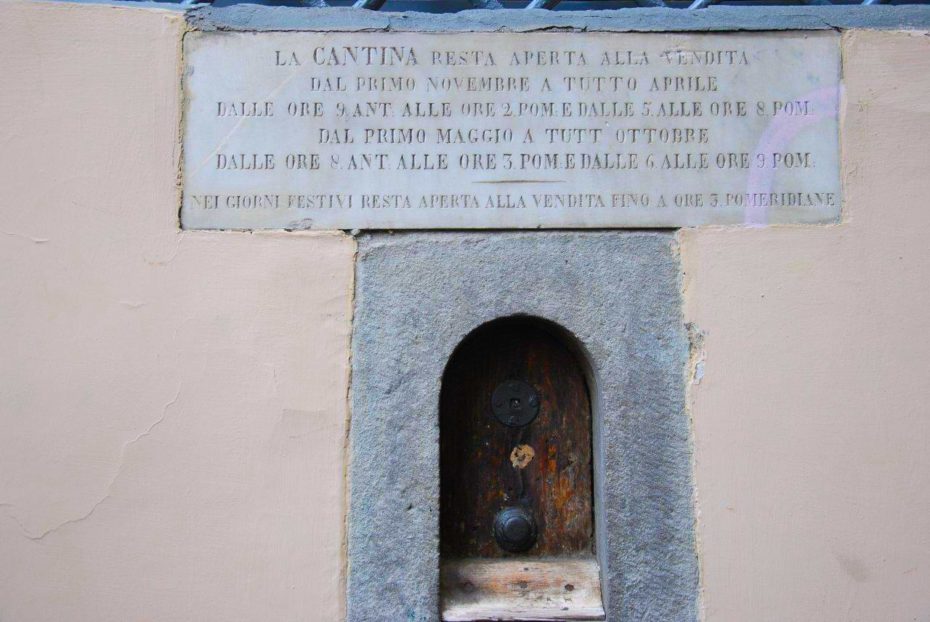
The little wooden doors were often designed as replicas of the main entrances to the palazzo, but this way, they could keep the “riff-raff” out of their courtyards and still create a marketplace for the family’s country estate. Many windows even had a plaque stating the opening hours and holidays of the buchette (as seen above).
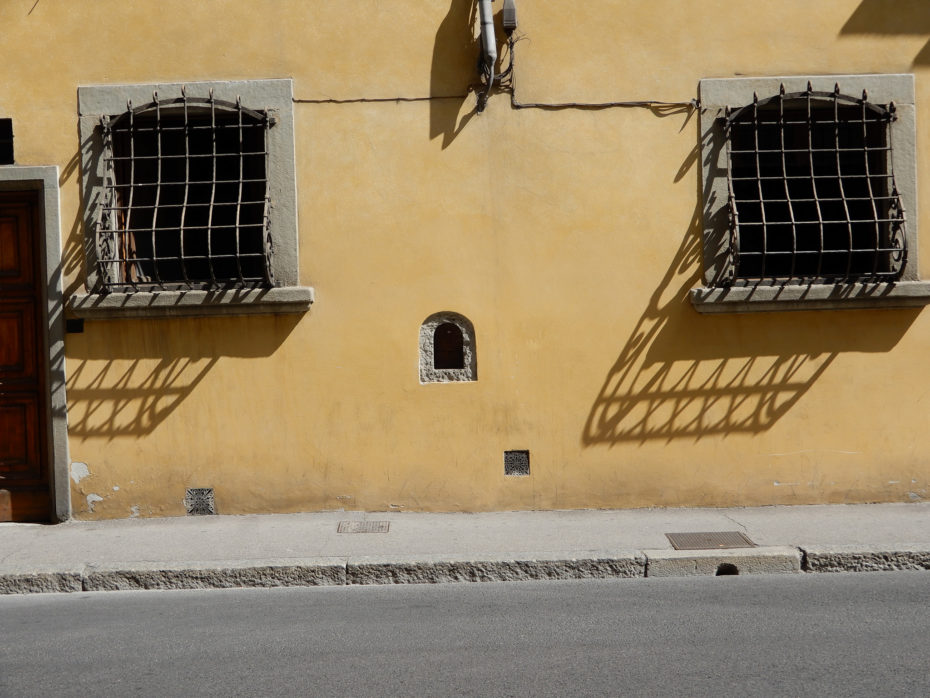
Some palazzos and noble families were more charitable than others, and used their wine portals as a means to be charitable with their excess wine and produce. If the portals were installed at a lower height on the building, here, the poor would be able to collect food or a jug of wine, while the reduced height of the window provided anonymity for the most needy.
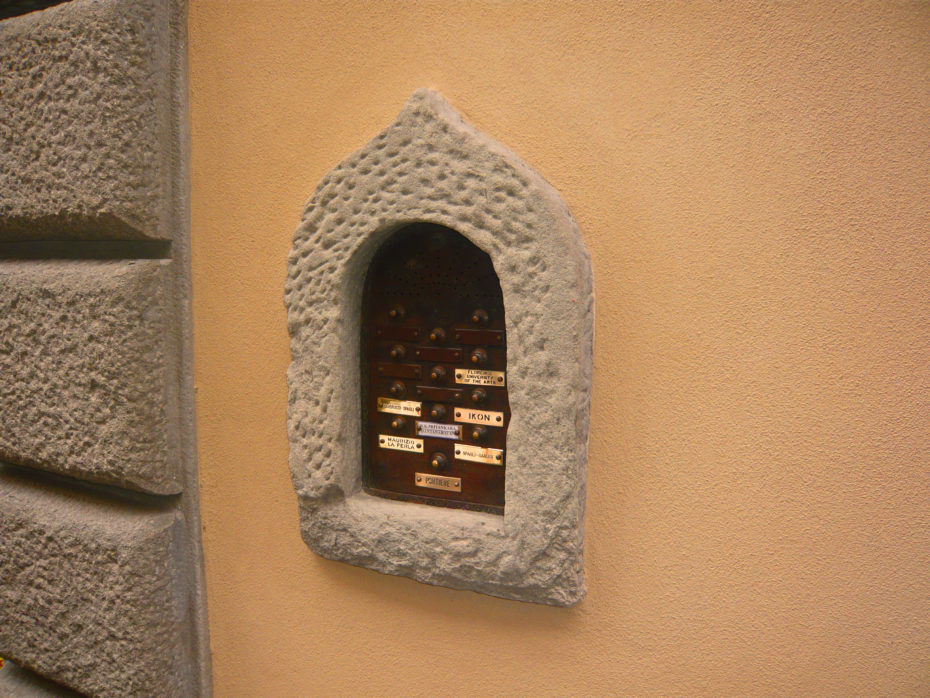
At one time, the wine windows could be found all over the city, and would have had a very large clientele. Today, there only 140 buchette left to find in Florence (browse most of them here) and much to my dismay, none of them are passing out bottles of wine. Some have been converted into mail slots, door bells, intercom posts, but the majority of them were plastered over. The remaining examples, with their original carvings, make a worthy treasure hunt around the city that won’t involve getting stuck in a queue behind a busload of tourists. Lucky for you, I’ve found an interactive map just for that. Happy hunting, Ciao!
